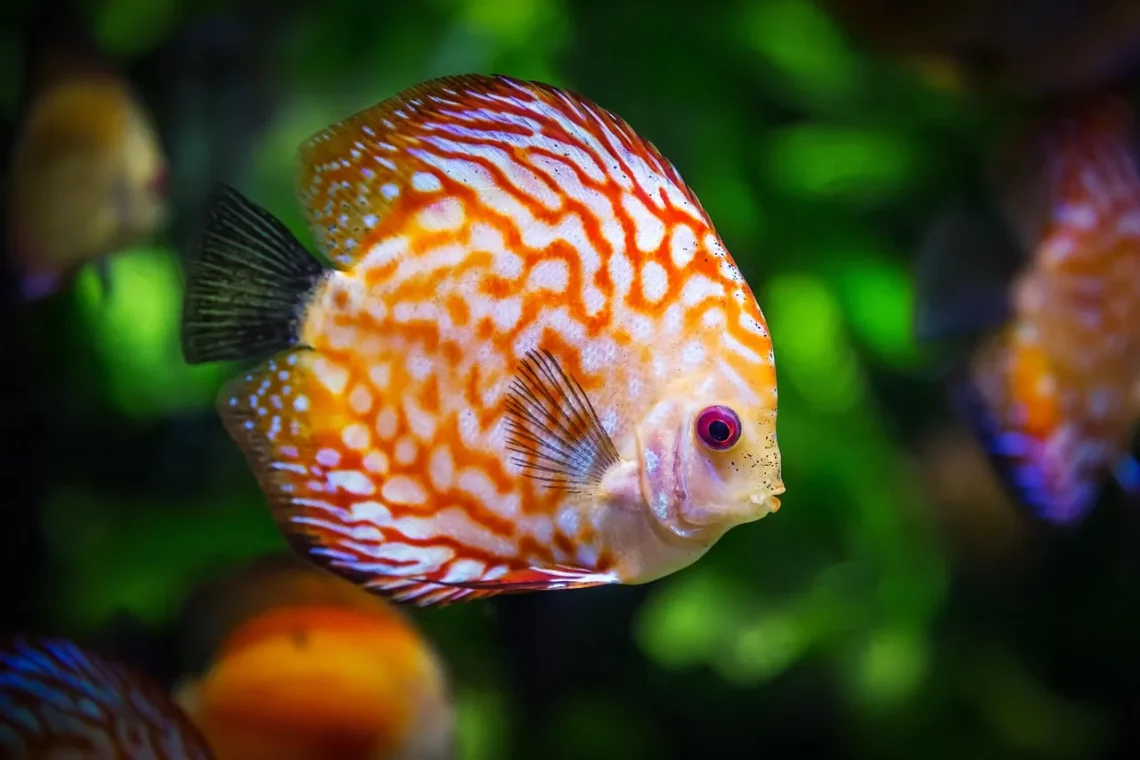
How Long Can Fish Survive Without Food in Different Conditions?
Fish are fascinating creatures that inhabit a wide range of aquatic environments, from freshwater lakes to the vast oceans. As with all living beings, their survival depends on various factors, including access to food. However, the question of how long fish can survive without food is not straightforward. It varies widely depending on several factors, such as the species, age, health, and environmental conditions. Understanding these nuances can provide insight into the resilience of these aquatic animals and help fishkeepers, anglers, and conservationists better care for them.
Fish possess a remarkable ability to adapt to changing environments, allowing them to endure periods of food scarcity. Their metabolic rates, influenced by water temperature, oxygen levels, and other environmental factors, play a crucial role in determining how long they can survive without sustenance. Additionally, their natural behaviors and physiological adaptations can also impact their survival during these challenging times. As we delve deeper into the various conditions that affect fish survival without food, we will uncover the intricate balance of nature that allows these creatures to thrive even in adverse situations.
The Impact of Species on Survival Duration
Different fish species exhibit varying capabilities when it comes to surviving without food. For instance, smaller fish like guppies might only last a few days without nourishment, while larger species, such as catfish, can endure weeks or even months under the right conditions. This disparity is largely due to their metabolic rates and energy reserves.
In general, fish with higher metabolic rates require more frequent feeding compared to those with slower metabolisms. Cold-water fish, like trout, are more efficient in their energy usage, allowing them to survive longer periods without food. On the other hand, tropical fish, which often thrive in warmer waters, may struggle to cope with extended fasting, as their higher metabolism demands regular feeding.
Moreover, age plays a significant role in determining survival time. Juvenile fish are often more vulnerable and may not have developed sufficient energy reserves to survive long periods without food. Conversely, mature fish, having had time to build up their fat stores, can withstand food scarcity more effectively. Therefore, knowing the specific species and age of the fish in question is crucial when assessing their survival capabilities.
Additionally, environmental factors such as water temperature and quality can further influence how long fish can go without food. In warmer waters, fish tend to be more active, which can increase their energy expenditure. Conversely, in cooler waters, their metabolism slows, allowing them to conserve energy and survive longer periods without food. Thus, understanding the species and its ecological context is essential for anyone interested in the survival of fish during food shortages.
Influence of Environmental Conditions
The environment in which fish live significantly affects their survival without food. Factors such as water temperature, oxygen levels, and habitat type can alter a fish’s metabolism and its overall ability to endure periods of starvation.
Temperature is a key factor influencing fish metabolism. Warmer water temperatures tend to increase metabolic rates, meaning fish will burn through their energy reserves more quickly. For instance, a fish in a heated aquarium may require feeding every couple of days, whereas the same species in cooler waters might manage several weeks without food. This difference highlights the importance of maintaining optimal conditions in aquariums or natural habitats.
Oxygen levels also play a vital role in fish survival. Fish require oxygen to metabolize food and use stored energy. In low-oxygen environments, fish may experience a decrease in metabolic activity, allowing them to conserve energy and survive longer without food. Conversely, high oxygen levels can stimulate their metabolism, requiring them to feed more frequently.
Moreover, the type of habitat can influence fish survival. Fish living in densely vegetated areas may find it easier to survive without food, as they often have access to natural food sources like algae and detritus. In contrast, fish in barren environments may struggle if food sources are scarce.
Lastly, fish that exhibit behaviors such as hibernation or reduced activity during unfavorable conditions can survive longer without food. For example, some species can enter a state of dormancy when faced with extreme environmental stress, allowing them to conserve energy until conditions improve.
Physiological Adaptations for Survival
Fish have developed various physiological adaptations that enable them to survive without food for extended periods. These adaptations allow them to conserve energy and utilize their energy reserves efficiently, which is crucial during times of scarcity.
One of the primary adaptations is the ability to lower their metabolic rate. Many fish can enter a state of torpor, where their bodily functions slow down, allowing them to conserve energy. This process can be triggered by various factors, such as changes in water temperature or the availability of food. By entering a state of reduced activity, fish can significantly extend their survival time without food.
Additionally, fish can rely on stored energy reserves, primarily in the form of fat. Fat provides a concentrated source of energy that fish can metabolize when food is not available. Larger fish tend to have more substantial energy reserves, allowing them to survive longer periods without sustenance. For instance, a well-fed adult fish may have enough fat stores to last for weeks, while a juvenile fish may deplete its reserves much more quickly.
Another fascinating adaptation is the ability of some species to switch their metabolic pathways. Certain fish can utilize proteins and fats for energy when carbohydrates are scarce. This flexibility allows them to survive in various conditions and during periods of food scarcity.
Furthermore, the ability to tolerate starvation is not uniform across all fish species. Some fish have evolved specific adaptations that enable them to thrive in environments where food is unpredictable. For instance, certain species can utilize a broader range of food sources, from plant material to smaller aquatic organisms, enhancing their chances of survival in challenging conditions.
Understanding these physiological adaptations highlights the resilience of fish and their remarkable ability to adapt to changing environments. This knowledge is essential for those involved in fish husbandry, conservation, and the management of natural ecosystems.
Conclusion: The Complexity of Fish Survival
In conclusion, the question of how long fish can survive without food is complex and multifaceted. Factors such as species, age, environmental conditions, and physiological adaptations all play crucial roles in determining their survival duration. While some fish may only endure a few days without food, others can last for weeks or even months, depending on their unique characteristics and the conditions they face.
For aquarists, anglers, and conservationists, understanding these dynamics is vital for promoting the health and well-being of fish populations. By taking into account the specific needs of different species, their habitats, and their physiological traits, we can better support their survival during times of scarcity.
As a final note, it’s essential to remember that this article does not constitute medical advice. For any health-related concerns, always consult a qualified healthcare professional.




